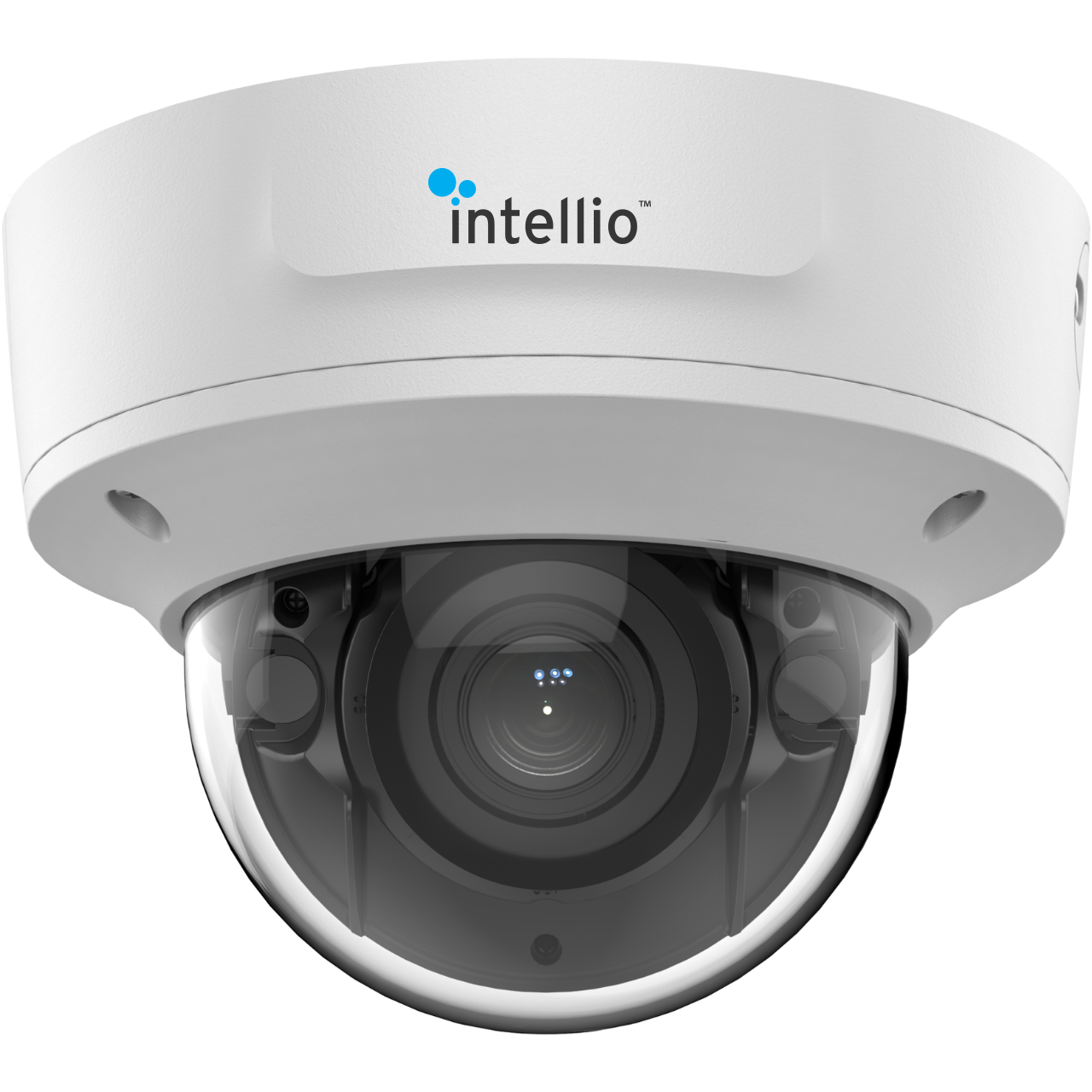
Intellio® Video Surveillance Cameras and VMS Software
- Next-level video security
- Smart, event-based monitoring with analytics
- IP cameras with various on-board detectors
- Vandal-proof IP67 and IK10 camera design
Fixed ANPR/ALPR cameras for parking and access control and event data collection software.
Intelligent Transportation Systems, shortly ITS, is a combination of innovative data gathering functions, designed for various traffic and transportation applications. ITS technology is used in traffic & transportation management to make these processes safer, more coordinated, and to create a smart use of existing transportation networks.
ITS technology has evolved a lot in the past decade and it is improving further rapidly – serving more and more needs of smart cities and smart transportation systems – one of the substantial features of our modern era society.
Intelligent Transportation Systems include various technologies that have to be properly working together – these can be classified into 3 groups:
These are sensors, such as vehicle detection or weight measurement, cameras for recognizing license plates, radar or laser components for measuring speed and categorizing vehicle types, GPS, and more – working on site, with constant and reliable availability.
All data, gathered on site by ITS devices are processed either locally or remotely by intelligent software – for example, the images captured by traffic monitoring cameras are processed by an ANPR software, or the speed of vehicles are cross-checked with the local speed, or weights with the tolling rules – just to mention a few of the many functions.
It is a crucial need of ITS systems to manage the unbelievably high (and constantly growing) amount of traffic data. The data has to be easily accessible, reliably stored and capable of further processing. For this, special purpose-built databases are created. ARH’s solution for managing big traffic data is GDS – Globessey Data Server (learn about it here).
This data is the heart of any ITS system and the base of mission-critical decisions: informing the traffic about accidents, detecting violations, eliminating traffic jams before they can form, and many more (see below).
There is a wide range of data ITS systems collect. The most typical functions are listed here.
Automatic Traffic Enforcement
The key benefit of an ITS system is maintaining traffic security: automatically detecting traffic violators, these systems are prepared to ensure smooth traffic.
Traffic flow management
ITS systems detect accidents, traffic jams apply JTMS – Journey Time Measurement. This way, an ITS system is capable of informing approaching traffic what has happened kilometers away. Using variable signs, alternative routes, special speed limits and various updates can be shown.
Tolling systems
ITS technology in tolling systems helps identifying vehicles and automatically detects whether the given car, truck or any other vehicle has the access for the given road – based on their category, weight, or axle number.
What makes a parking system smart? At ARH, we believe in ANPR-based, intelligent parking system that makes vehicle entry/exit safer and more convenient both for the driver and the owner.
A vehicle access control system, when supported by license plate recognition, usually consists of the following parts.
1. Vehicle detection
The approaching vehicle is detected by the camera, often with the help of a trigger, either a hardware-based solution (like an induction loop) or a software-assisted trigger (like ARH’s proprietary Vehicle Detection technology). When the camera is triggered, it takes the images for further processing.
2. ANPR
The captured images are processed by the Automatic Number Plate Recognition (shortly ANPR) software. This software checks if there is any license plate on the images, locate them and digitalizes the characters using a special Optical Character Recognition algorithm. The result is the digital license plate, that is transferred to the smart parking system.
3. Access control
A smart parking system’s key feature is definitely the automated way of access control. It compares the license plate data with the system database and decides if the vehicle is allowed to enter or not.
4. Vehicle entry
If the vehicle is allowed to enter, the intelligent parking system can control the gate or barrier, or any physical access control that is installed at the entrance.
5. Vehicle tracking & exit
After the vehicle was entered, its license plate data stays in the system and gets saved for further usage. It can be checked any time if a specific vehicle is inside the property or not, where it is exactly (various time zones can be defined with separate ANPR function) and statistics can be made as well.
Smart parking systems contribute both to security and convenience. We list here some of the key plus features you may want to consider when evaluating types of intelligent parking systems.
Registering license plates of all incoming vehicles makes it possible for always being aware of who is inside the property. This is the base of any security system.
Besides simply tracking the vehicles, you can control their entry as well – using a smart parking solution, you can keep a list of regular visitors and have a list of denied license plates too: those vehicles will be forbidden to enter.
Keeping attention of all incoming and exiting vehicles has significance workload difference compared to an intelligent parking solution that does all these on its own. The gate-keeper personnel’s only job is supervising the system and the parking area – with a much better focus this way.
Knowing how many cars are in the property, the number of available spaces can be shown at the entrance, this way skipping lengthy cruising or vehicles looking for empty parking spaces when there aren’t any left.
Drivers will also benefit of an ANPR vehicle access control system when approaching the barrier – as there is no need to keep any keys, cards or remember codes – the access control system does its job and automatically lets them in, unless their access is denied by a predefined rule.